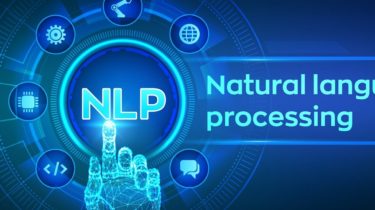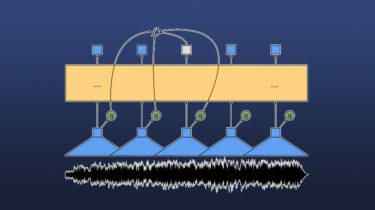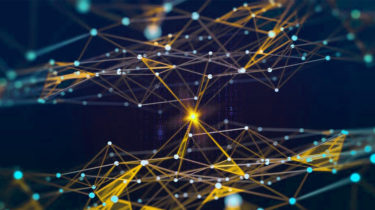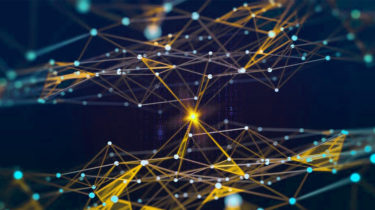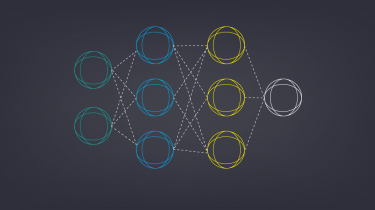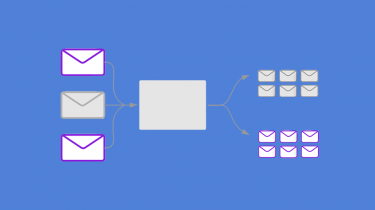Implementing Transformers in NLP Under 5 Lines Of Codes
This article was published as a part of the Data Science Blogathon Introduction Today, we will see a gentle introduction to the transformers library for executing state-of-the-art models for complex NLP tasks. Applying state-of-the-art Natural Language Processing models has never been more straightforward. Hugging Face has revealed a compelling library called transformers that allow us to perform and use a broad class of state-of-the-art NLP models in a specific way. Today we are operating to install and use the transformers library […]
Read more